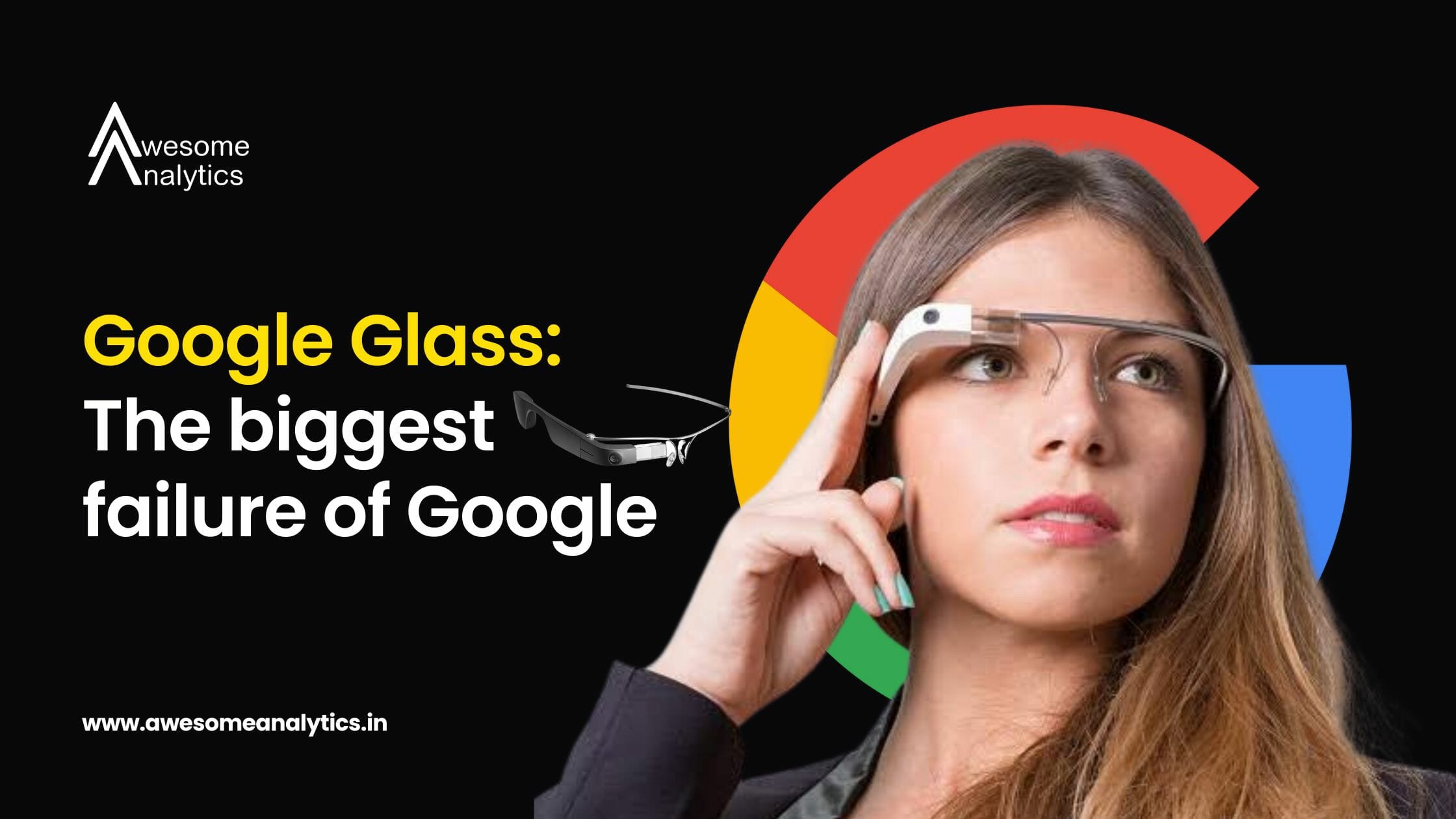Today, Google Glass is yet another in a long line of Google products to be relegated to the wastebin of history. A consumer version of the headset was never launched. Its product page is defunct, and support for Glass was officially discontinued in March 2023. Still, even now, it's clear that Google succeeded at making AR a reality in a way that no one has ever come close to matching. So, how and why did the product fail?


The Promise of Augmented Reality
First, it's important to delineate between types of headsets. There are three main categories: virtual reality (VR), which fully immerses users in a digital environment, augmented reality (AR), in which virtual elements are overlayed onto the real world, and extended reality (XR), which combines elements of both and can be used as an umbrella term for all kinds of experiences.
Over the years since Glass first launched, we've seen plenty of other AR, VR, and XR devices hit the market, many of which have sold fairly well. With Apple now entering the field with its Vision Pro headset, we may finally be entering the era of augmented reality that Google failed to usher in ten years ago.
The Downfall of Google Glass
1. Google Glass put cameras in public before people were ready
When Apple announced the Vision Pro, it advertised the headset's video recording capabilities. However, Apple's presentation focused on intimate family moments, avoiding the controversial aspect of filming strangers on the street. Google Glass users faced public backlash and privacy concerns when the technology was still new and unfamiliar.

2. Functionality wasn't defined for Google Glass
At launch, Google Glass could do about seven things in total. Google's plan was to put the Explorer Edition in the hands of developers who could help shape its direction. However, without a clear vision for the product's use cases, the project stagnated, and Glass became a mere curiosity rather than an integrated part of daily life.

3. The rise of VR
While Google Glass struggled to find its footing, VR headsets were seeing a renaissance. VR devices were becoming mainstream, with specific use cases, especially in gaming. These headsets laid the groundwork for today's XR landscape and influenced the development of the Apple Vision Pro.
4. Can Apple do what Google couldn't?
Apple's approach with the Vision Pro appears to be more focused and calculated. Unlike Google, Apple tends to press forward with products and refine them over generations. Additionally, the competition in the AR/VR/XR space has been relatively weak, leaving an opportunity for Apple to dominate.
A Triumphant Comeback?
Now is the time to revive Google Glass. The public is more accustomed to technology in everyday life, and mobile chipsets are more powerful than ever. Instead of a heads-up display, Google could create glasses with actual AR functionality that people would feel comfortable wearing in public.
Google Glass could be a device used outdoors, replacing products like GoPro for extreme sports enthusiasts, providing turn-by-turn directions for pedestrians and cyclists, and serving as a smartwatch alternative for fitness tracking, notifications, and hands-free calling.
There are rumors that Google may try its hand at AR glasses again and has been investing heavily in the tech behind-the-scenes. If Google has the determination to revive Google Glass, there's no better time for a triumphant comeback.

A Visionary Dream
While Google Glass may have been labeled as a "failed product" in its initial iteration, it remains a symbol of a visionary dream ahead of its time. As technology evolves and consumer attitudes change, the day may come when augmented reality glasses become a staple in our lives. With Apple's entry into the field, the stage is set for an exciting future where the boundaries between the virtual and real worlds blur. Whether it's Apple, Google, or another tech giant that brings us there, the potential of augmented reality is awe-inspiring, and the belief in its transformative power remains steadfast.



